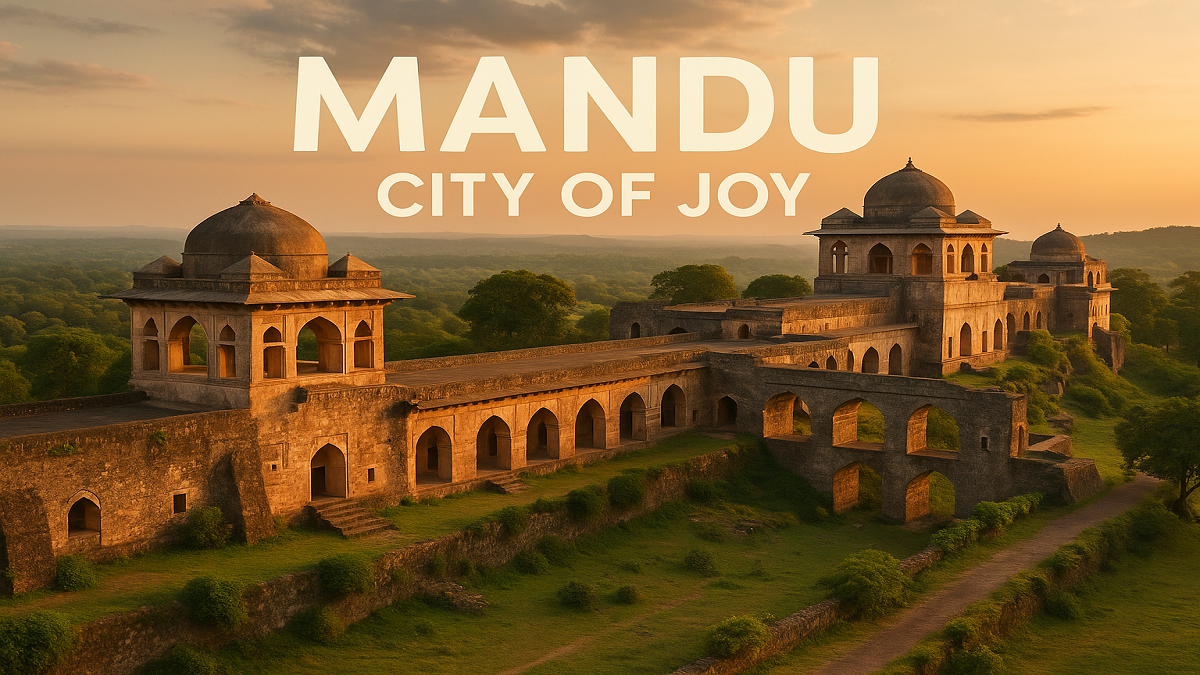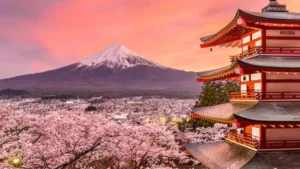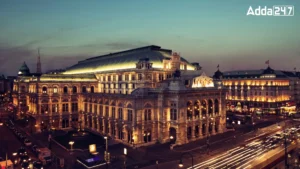Madhya Pradesh, often referred to as the Heart of India, is a state steeped in cultural heritage, historic landmarks, and natural beauty. Among its many unique destinations, the city of Mandu stands out for its enchanting ambiance and warm spirit, earning it the title of “City of Joy.”
This article explores why Mandu, Madhya Pradesh is affectionately known as the City of Joy, delving into its historical roots, scenic attractions, and cultural charm.
An Overview of Madhya Pradesh: India’s Central State
Located in central India, Madhya Pradesh is one of the largest states in the country, spanning over 308,000 square kilometers. It shares borders with:
- Uttar Pradesh (North)
- Chhattisgarh (East)
- Maharashtra (South)
- Gujarat (West)
- Rajasthan (Northwest)
With Bhopal as its capital, Madhya Pradesh boasts 55 districts, each reflecting the state’s diverse landscape and rich cultural traditions. From ancient temples to wildlife sanctuaries and UNESCO World Heritage sites, the state is a treasure trove for history enthusiasts and nature lovers alike.
Which City in Madhya Pradesh is Called the “City of Joy”?
The beautiful hilltop town of Mandu, located in the Dhar district of Madhya Pradesh, is known as the City of Joy. Just 35 km from Dhar city, Mandu sits at an altitude of 633 meters above sea level and is famous for its lush landscapes, royal architecture, and monsoon charm.
Historically known as Shadiabad (meaning “City of Joy”) by its Muslim rulers, Mandu became a royal retreat, celebrated for its romantic aura, festive spirit, and unmatched scenic beauty.
Why is Mandu Known as the “City of Joy”?
Here’s why Mandu is called the City of Joy and continues to mesmerize tourists from across India and the world:
1. Breathtaking Natural Beauty
Mandu is renowned for its green hills, glimmering lakes, brooks, and waterfalls. Especially during the monsoon season, the landscape transforms into a fairytale scene that fills visitors with joy and awe.
2. Architectural Grandeur of the 15th and 16th Century
The city is home to several historical monuments such as:
- Jahaz Mahal
- Hindola Mahal
- Rani Roopmati Pavilion
- Baz Bahadur’s Palace
These structures showcase a fusion of Afghan, Mughal, and Hindu architectural styles, making Mandu a heritage tourism hotspot in Madhya Pradesh.
3. Cultural Harmony and Rich Heritage
Mandu’s culture is a beautiful blend of Hindu and Islamic traditions, reflected in its festivals, music, and art. This unity in diversity makes the city spiritually and culturally vibrant.
4. Warm Hospitality
One of the reasons tourists return to Mandu is the hospitality of its people. The locals are known for their warmth and friendliness, further justifying its status as a joyful and welcoming city.
Top Tourist Attractions in Mandu, the City of Joy
- Jahaz Mahal: Also known as the “Ship Palace,” built between two lakes.
- Rani Roopmati Pavilion: A scenic structure offering panoramic views of the Narmada valley.
- Baz Bahadur’s Palace: Famous for its love story and acoustic architecture.
- Hindola Mahal: Known as the “Swinging Palace,” used as a durbar hall.
- Rewa Kund: A sacred tank associated with Rani Roopmati.



 Which Country is Known as the Land of Ch...
Which Country is Known as the Land of Ch...
 Which Bird is known as the King of Birds...
Which Bird is known as the King of Birds...
 Which City of Austria is Known as the Ci...
Which City of Austria is Known as the Ci...







